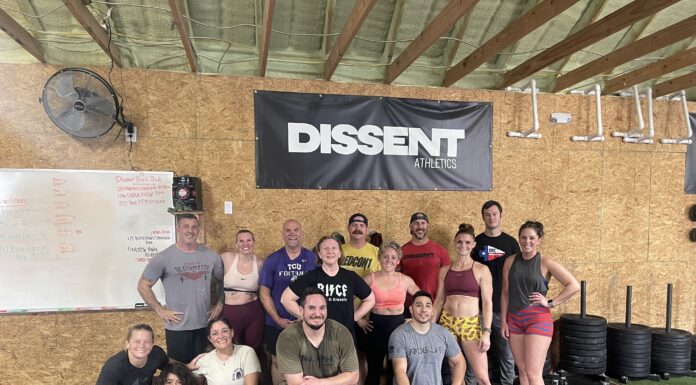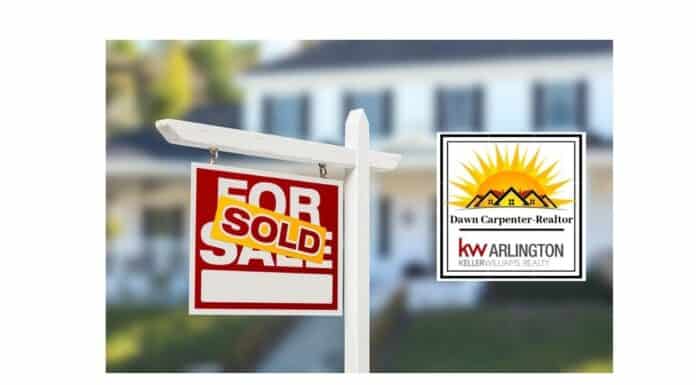Kennedale Observer Questions
1. Past Decisions – please respond by February 29, 2024
Although the city council cannot dwell on past councils' decisions and it must
move forward, we would like to know if current council members have learned
from past decisions, including those made by previous councils. From history,
were each of the following zoning case items a good decision or a poor decision,
and why?
This is a great question, and I agree we shouldn’t get stuck dwelling on the past. We
should remember that it is important to reflect on it as we look forward to our future. To
answer these questions, it is first important to understand that our Zoning and UDC
“Unified Development Code” should reflect our comprehensive plan because the plan is
how we vision cast and what drives our strategy in growth. Most importantly, it is the
citizens that put the comprehensive plan together, and by law, there must be a
designated place for everything.
a) “UV” zoning on Kennedale Sublett Road just east of Kennedale Parkway?
Before, this area was rezoned to UV, “Urban Village”, it was AG, “Agricultural”. The
changes are in line with the comprehensive plan for the city’s future. It is important to
understand the basics of city planning in order to understand why this is appropriate for
that area. Considering the correct zoning for this type of development, the center of
town is the most appropriate place. This is already in close proximity to where all of our
events are held, where most of our retail is already present, and is right in line with our
comprehensive plan. Building a city efficiently means putting the right things in the right
places. As far as walkability, it makes the most sense to place your denser
developments closer to the center of town, while providing a mix of housing options
throughout the entire city.
The new UDC changes were a direct result of the Hammack Creek project, namely
because the developer did not deliver on what was promised. The UDC changes are
intended to impose restrictions on units per lot and order of operations, requiring the
retail portions to be constructed first.
In any case, this is an age-old “chicken or the egg” argument. Being a small business
owner myself, I can tell you that businesses track demographics and growth metrics of
cities when considering establishing themselves in those respective areas. If we want to
bring economic development to Kennedale, we have to consider the compromise
required for population growth and be strategic in how we develop the resources we
have: the approximately six square miles of the city.
Lastly, there is a great deal of discussion regarding taxes. What you won’t hear is
anyone’s strategic ideas on how to solve the problem of having a high tax rate or what
is causing it. I’ve said time and time again, we need to foster economic growth to offset
the tax burden, but that also requires some density growth. That is the compromise, and
it has to happen. There’s a lot of discussion and speculation about whether this was a
good decision. We are already receiving greater tax revenue from this development
than we were when it was simply zoned AG. Population growth feeds sales tax
revenues.
You’d asked about learning from history. Kennedale has a history of engaging in
contracts that leave the city vulnerable and open to exploitation. Namely, not being
strategic in negotiations advocating and securing what’s best for the citizens before
approving the developments, nor paying attention to the contractual details, and that’s
what we need to remember moving forward. The Town Center development, Hammack
Creek, and Alta, are all great examples.
b) “MF” zoning on Joplin Road just south of Kennedale Sublett Road?
Again, here with the zoning change, it went from AG to MF. Something to consider is
walkability and accessibility to local commerce. Alta is strategically located in a way that
will feed multiple businesses and generate more sales tax revenue.
When looking at the big picture, and as it relates to infrastructure with this project
specifically, it is important to remember that the neighboring city of Arlington owns both
Joplin Road and that section of Kennedale Sublett. Essentially, we benefit from the
property taxes and some of the sales taxes generated by this rezoning.
That being said, there has been a lot of issues with this specific development and
continues to be. As previously stated, these issues are a direct cause of lacking
oversight and attention to details regarding contracts and developmental plans. As we
navigate those issues and advocate for our citizens, it is important to remember and
reiterate the history lesson regarding contracts and the developmental plans presented
to the city. This is one such case where oversight and missteps, both on the municipal
leadership and the developer, have caused an array of issues and concerns.
In general, when these cases come before us, and they meet all the recommendations,
specifically, the consistency with the comprehensive plan that includes community input
and surveys from the citizen lead steering committee, compatibility with the land use,
consistency with the future land use, and are recommended by the staff, there is
absolutely no reason to deny the zoning change unless there are specific issues
regarding public safety or conflicts with the comprehensive plan.
Lastly, I’d like to add, both on these cases and future cases, that property owners have
rights, too. When zoning changes are brought before the city, we should ask ourselves
whether or not our action, or inaction, constitutes an unreasonable interference with the
owner’s right to use and enjoy their property. The state of Texas protects the individual
rights of property owners in the Texas Private Real Property Rights Preservation Act.
That is what drove my decisions on the most recent zoning cases, and a foundational
part of what will continue to drive my decisions moving forward. Serving the people
means considering how your votes impact the individual and the community, but I will
never infringe on an individual’s constitutional rights. I serve the people, not the politics.
2. Property Taxes – please respond by March 7, 2024
Kennedale is the third highest taxing city of the 41 cities in Tarrant County. What
are some viable potential solutions to alleviate the tax burden on the citizens? Or
is this just something that the citizens of Kennedale must learn to accept? Why?
First, and foremost, I’d like to remind the community that although this data point is
accurate, it lacks context and historical reference. Here’s a brief history of our tax rate:
Tax Rate by Year:
2002 – .71
2017 – .77
2018 – .72
2020 – .77
2021 – .76
2022 – .70
2023 – .70
Currently, we sit at a more than twenty year all-time low in our tax rate. In addition, this
council has been able to begin a multitude of needed infrastructure improvements
following years of neglect, and all without increasing the tax rate. That is a huge
accomplishment considering economic challenges, including inflation and the ever-
rising costs of living. Some of those projects include replacing (2) above ground water
storage tanks, replacing 3,000 manual read water meters with AMI, improved (11)
streets completing over 3 linear miles of road work, and have begun construction on the
Collett Sublett Rd project which is estimated to be completed in October, retrograde of
the sewer line extending from the raceway to I-20 near Village Creek, Sonora Park
upgrades, Groundwater well rehab, and many more projects in the pipeline for the
coming year(s).
In order to address this question, we have to first understand what has actually caused
the tax rate to be so high in the first place. The root cause is a long-standing history of
lacking strategic growth and economic development, which prevents the generation of
tax revenue and an increased tax base, coupled with a long-standing neglect of
infrastructure needs. How our council votes on things has an impact on what we attract
to the city. In the past, our voting has created a perspective that Kennedale is hard to
work with and that we don’t actually want developers and investors to come to our city.
Accepting those facts and looking to the horizon in order to solve this problem means
developing strategy around our comprehensive plan. Being well versed in strategic
approaches to achieving objectives, in this case attracting development and generating
tax revenue, is something that I personally bring to the table. During my decade of
service as a United States Marine, it was my duty to develop strategic and contingent
plans for global mobilization of resources to address an array of campaigns and
missions. Sometimes the difference is made in the commitment to establish a strategy
and following through with it in the long term. That is something I think Kennedale has
lacked in the past. A combination of residential growth and economic stimulation driven
by branding, and offering incentives for the kind of growth we are looking for, is how we
can accomplish lowering the tax rate. Top priorities and focuses should be developing
the northern areas of the city by 820, and finishing out / redeveloping the Town Center.
I’ve been working closely with developers and business owners to bring their
investments to Kennedale. I’m excited to see these develop and to announce them as
we move forward. Additionally, I’ve been spending a lot of time working on community
projects that will help foster the type of fellowship and cohesion our great town is known
for. The Farmer’s Market and the Swag shop will be branded specifically to Kennedale,
and generate additional sales tax, as discussed in our last meeting. I believe we have a
promising strategy that we are currently executing, and I am excited to see the impact it
will have on our future.









































